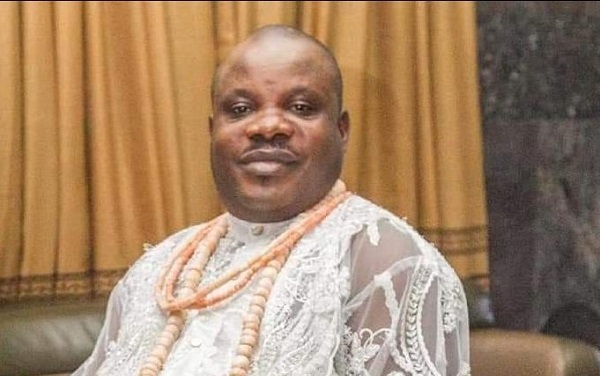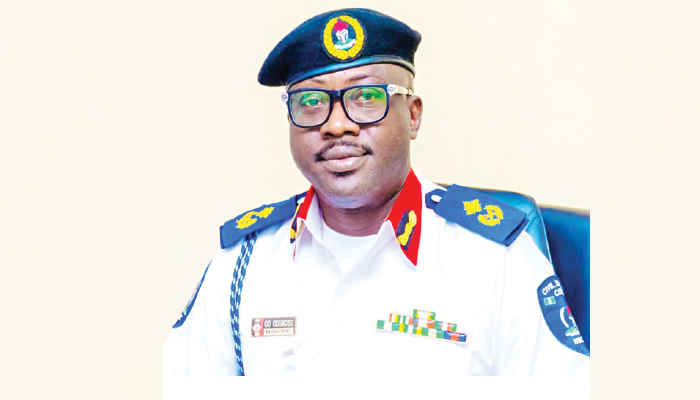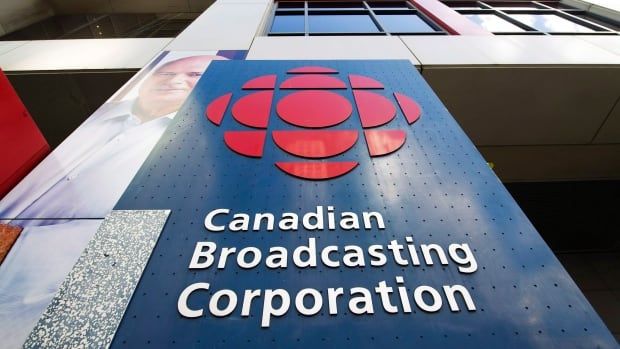Inarguably bigger and more seasoned than it was when it was born from the ashes of the Second World War, the North Atlantic Treaty Organization — the West’s great military alliance — celebrated a milestone Thursday: three-quarters of a century of keeping the peace in Europe.
NATO formally came into being with the signing of the Washington Treaty in the U.S. capital 75 years ago, when 12 western democracies — including Canada — banded together against what they saw as Soviet Russia’s expansionism in Europe.
Its creation helped to inaugurate the Cold War and, six years later, brought about the creation of the rival Warsaw Pact of communist countries, led by the Soviet Union.
The contest between those two alliances brought the world to the brink of nuclear war on several occasions, notably in October 1962 and November 1983.
NATO now faces multiple external and internal challenges — ranging from a resurgent Russia to the possibility of Donald Trump regaining the White House and pulling the United States out of the alliance.
Canada was one of the founding members of NATO and pushed at the time to make it a political and economic forum as well as a military alliance.
But while Canada still contributes to and plays important roles within NATO, Ottawa has appeared increasingly off-side with its NATO allies on the political and policy issues of defence spending and preparation.
That has led some allies and critics to wonder whether Canada’s influence inside NATO is on the wane.
Sweden as the model NATO nation
There are more voices around the table now, bringing with them a new dynamic. Sweden’s accession to NATO after two centuries of neutrality offers a good example of that.
Formally admitted in February, the Nordic country, with one-quarter of Canada’s population, came through the door with a well-equipped military three-quarters the size of the Canadian military — proportionally larger, in other words. Sweden also has a firm plan to meet the alliance’s national benchmark for military spending — two per cent of GDP — and a well-organized civil defence structure.

Canada, meanwhile, struggles to recruit and manage aging fleets of military equipment and hasn’t even begun to wrap its head around civil defence preparedness and resilience in the face of war and unrest beyond our borders.
Gen. Wayne Eyre, the outgoing chief of the defence staff, has used almost every one of his appearances before House of Commons committees to warn about what might happen next on the international stage, and to draw attention to the declining readiness of his own troops.
“I will tell you that the military we have today is not the military that we need for the threats that are appearing in the future,” Eyre told the House of Commons committee on public safety and national security on Oct. 6, 2022.
Chief of the Defence Staff Gen. Wayne Eyre says Canada must be ready to respond to global crises that will impact the country directly. ‘The study of our military history could almost be considered a study in unpreparedness,’ he told CBC’s Hannah Thibedeau.
With war raging in Ukraine, European NATO members are increasingly nervous. Some nations have reintroduced conscription and have directed the construction of bomb shelters.
“We need to understand, as a society, that war and fighting is not only something of the military. I think a nation needs to understand that when it comes to a war, as we see in Ukraine, it is a whole-of-society event,” said Dutch Admiral Rob Bauer, who heads the NATO Military Committee.
“The issue is that Russia has larger ambitions than Ukraine. We know that. And therefore, the alliance as a whole needs to be ‘readier.'”
But Canadian military readiness has declined substantially, as CBC News reported last month. If NATO declared an emergency tomorrow, only 58 per cent of army, navy and air force units designated to respond would be in any shape to do so.
An internal Department of National Defence presentation shows that 45 per cent of Canadian military equipment set aside for the defence of Europe faces “challenges” and is considered “unavailable and unserviceable.”
Canada’s allies have taken notice, said the country’s former ambassador to NATO.
“We won’t get kicked out of NATO, but when you make a point at the North Atlantic Council table, your voice carries less weight because you need to put your money where your mouth is,” said Kerry Buck. She said Canada’s silence on how it plans to meet the organization’s defence spending target is undermining its clout in the alliance.
Canada currently spends the equivalent of 1.38 per cent of its GDP on defence, putting it sixth from the bottom in a list of all 32 NATO members in terms of military spending.
Neither the governing Liberals nor the opposition Conservatives have laid out firm plans to meet the target. Both parties have said only that Canada will work toward it.
The ‘quadrant of shame’
The pressure on Canada has only increased since Trump vowed that, if he becomes U.S. president again, he would not protect NATO allies that don’t meet the target and would encourage Russia to “do whatever the hell they want” to countries he considers delinquent.
“We’re the only ally, the lone ally that sits in that quadrant of shame where we don’t either meet the two per cent of GDP … target and we don’t meet the target of 20 per cent of our defence spending on research and development and equipment procurement,” said Buck.
“So it hits us politically, it makes us a target when the whole alliance is rowing towards this goal of two per cent because they recognize that the world is a more dangerous place. And then there’s Canada sitting there, not doing that.”
It is a curious place for Canada to find itself. Liberal Prime Minister Lester B. Pearson helped to shape the alliance’s founding charter to include a clause that made NATO more than just a military alliance but also a forum for political and economic dialogue among like-minded allies.

University of Toronto historian Tim Sayle said that, given what Canada spent in blood and treasure in two world wars, the postwar generation of political leaders in Ottawa was determined to ensure Canada had a say in matters of war and peace.
“In the late 1940s, with the possibility of [another] war looming, Canadian officials were not ready to leave that decision for war to others without at least having their say and trying to influence things,” he said.
“And so the Canadian experience fighting alongside the Americans and the British and the Second World War had convinced them that sometimes Canadian wisdom should be a part of the conversation, that Canadians needed to be at the table.”
‘No tanks, no trade’
Former Canadian diplomat Colin Robertson said Canada has for decades demonstrated an aptitude for navigating the political and economic waters at NATO and can do so again, even with a bigger alliance.
In the 1970s, detente with Soviet Russia was in the air. A new Liberal government and a new generation had grown skeptical of NATO and had reduced Canada’s contingent in Europe. At the same time, the government of Prime Minister Pierre Trudeau was courting trade with West Germany under Chancellor Helmut Schmidt.
Schmidt forced Trudeau to reconsider his government’s position on military spending, said Robertson.
“Schmidt said to Trudeau, ‘No tanks, no trade,'” he said.
“And so at that point,” he added, “Pierre Trudeau says, ‘OK, this NATO really does have value.'” And he boosted the defence budget and bought German Leopard tanks.
“We sometimes forget this,” Robertson said.

Retired general Ray Henault, a former chief of the defence staff, said Canada’s clout at NATO has often derived from what it contributes in troops and equipment, rather than what it spends on defence. He pointed out that Canadian troops spent more than 12 years in Afghanistan, much of the time under the NATO flag.
Its leadership and ongoing efforts to build a NATO brigade in Latvia to deter possible future Russian attacks is a another good example of what Canada still brings to the NATO table, he said.
The political and economic dialogue about Canada’s contribution is still important, said Henault, but it’s not everything.
“I still support that NATO target, but I don’t think it detracts from the respect and the high regard which Canada and its military has held in the NATO forum, not by any means,” said Henault, who served as Canada’s last head of the NATO Military Committee in the early 2000s.
Seventy-five years after helping found the North Atlantic Treaty Organization (NATO), Canada is now openly chastised over its defence spending and commitment. CBC’s Murray Brewster examines how the country lost its edge in alliance and what it would take to turn it around.







